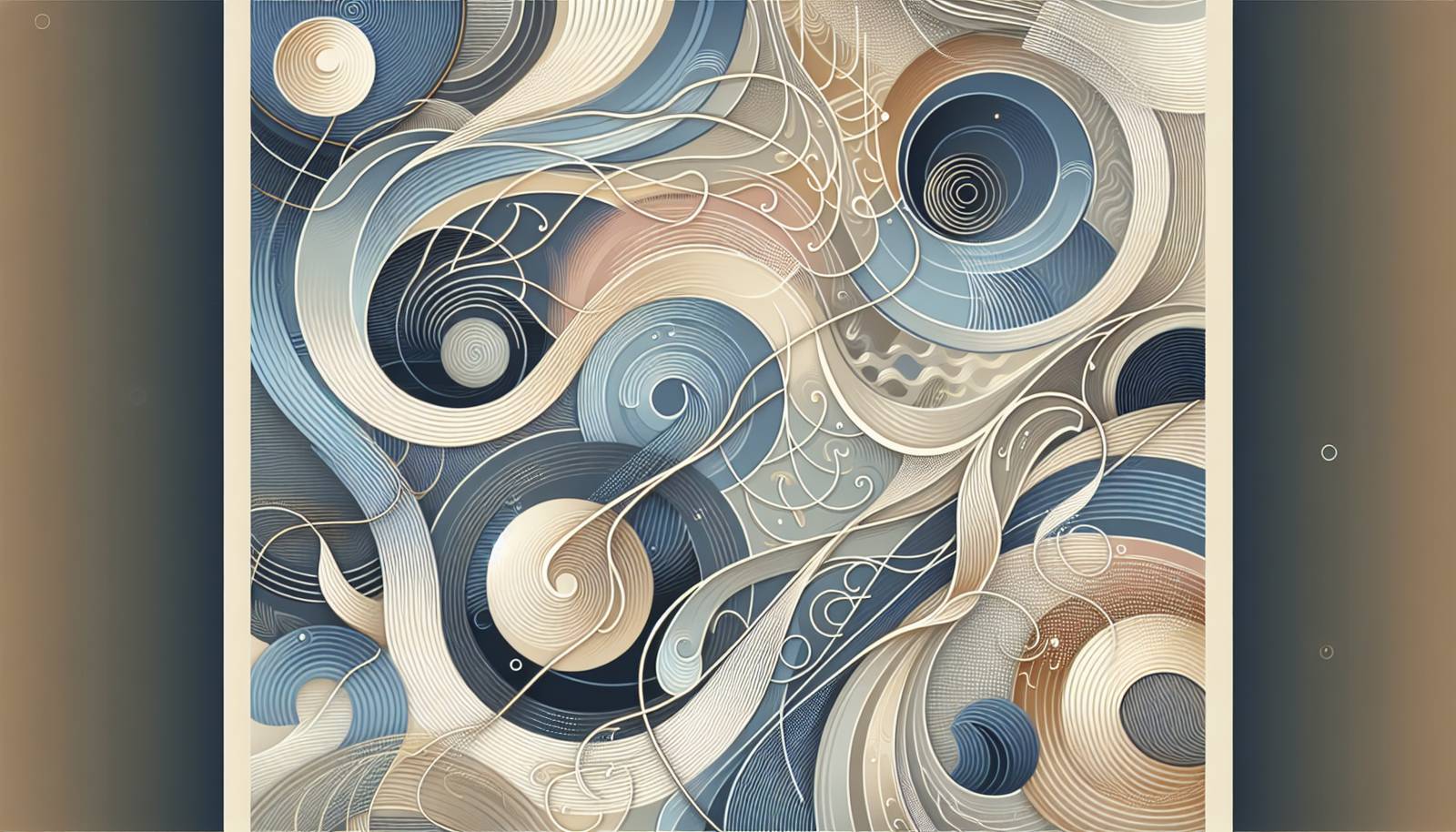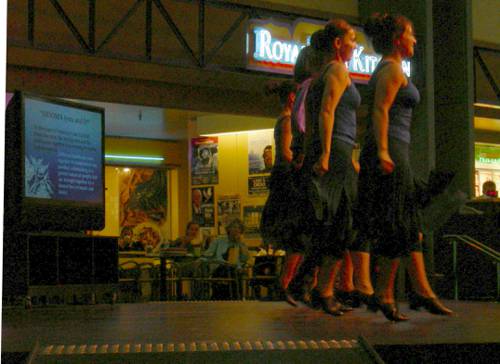
FAQ About Influence of Jazz on Global Dance Styles

How did jazz music contribute to the development of swing dance?
Jazz music was integral to the evolution of swing dance, which emerged in the United States during the late 1920s to early 1930s. The upbeat and energetic rhythms of jazz music inspired dancers to create lively and energetic dance styles, like the Lindy Hop. Swing dance reflects the syncopated beats and improvisational nature of jazz music, promoting spontaneous and spirited movement.

What attributes of jazz make it influential in dance styles?
Jazz music is characterized by its improvisational nature, complex rhythms, syncopation, and expressive melodies. These attributes have heavily influenced dance styles by encouraging freedom of expression and adaptability, allowing dancers to explore personal style and creativity on the dance floor. The dynamic and diverse range of jazz fosters a wide variety of movements and techniques that enrich dance forms globally.

Which Latin dance styles have been influenced by jazz music?
Jazz music has notably influenced several Latin dance styles, including the Salsa and the Cha-Cha-Cha. Jazz elements such as improvisation, complex rhythms, and spontaneous energy have been incorporated into these styles, enhancing their vibrancy and versatility. Jazz has helped Latin dance styles gain international appeal by blending with local rhythms and dance movements.

How has jazz impacted the development of contemporary dance?
Jazz has significantly impacted contemporary dance by introducing elements of improvisation and emotional expression. Contemporary dance often combines elements of ballet, modern dance, and jazz, leading to a more fluid and expressive form. The influence of jazz has also encouraged choreographers to experiment with timing, rhythm, and movement, creating performances that are unique and innovative.

What role did jazz play in the evolution of tap dance?
Jazz music played a crucial role in the development of tap dance, especially during the early 20th century. Tap dancers incorporated jazz's syncopated rhythms into their footwork, creating intricate and percussive dance patterns that mirrored the music. This synergy between jazz and tap led to a dynamic and rhythmic dance style that became popular in vaudeville and theatrical performances.

Can you provide examples of dance moves originating from jazz?
Several dance moves have originated from jazz, such as the Charleston, the Lindy Hop, and the Jitterbug. These moves exemplify the energetic and improvisational spirit of jazz music, allowing dancers to engage in playful and dynamic performances. The influence of jazz is evident in the lively footwork and spontaneous movements these dances require.

How have African dance traditions influenced jazz dance styles?
African dance traditions have profoundly influenced jazz dance styles through their emphasis on rhythm, improvisation, and expressive body movements. Elements such as polycentric movement and syncopation in African dances have been integrated into jazz dance, enriching its form and technique. This fusion highlights the cultural exchange and adaptability inherent in jazz-inspired dances.

What is the relationship between jazz dance and hip-hop dance styles?
Jazz dance and hip-hop share a common foundation of rhythm, energy, and improvisation. Jazz's influence on hip-hop is evident in the way both dance styles emphasize personal expression and musicality. While jazz has historically laid the groundwork, hip-hop has further evolved by incorporating urban and street dance elements, creating a vibrant fusion that continues to shape modern dance trends.

How does jazz influence ballroom dance?
Jazz has influenced ballroom dance by introducing elements of improvisation and modern rhythms. While traditional ballroom dance is structured, incorporating jazz allows dancers to inject a sense of spontaneity and energy into the performance. This influence is seen in styles such as the Foxtrot and Quickstep, which may include jazz-inspired syncopations and playful rhythmic interpretations.

In what ways has jazz contributed to the global acceptance of dance as an art form?
Jazz has contributed to the global acceptance of dance as an art form by promoting cultural exchange and innovation. Through jazz, dance has transcended cultural barriers, allowing communities worldwide to connect and appreciate different styles and traditions. The improvisational and expressive aspects of jazz have encouraged dancers and choreographers to explore new ideas and push the boundaries of artistic expression, gaining broad recognition and appreciation on a global scale.

What are some iconic jazz dance routines that have influenced global dance culture?
Iconic jazz dance routines, such as Bob Fosse's choreographies in musicals like "Chicago" and "Cabaret," have greatly influenced global dance culture. Fosse's distinctive style, characterized by angular movements, isolated body parts, and expressive gestures, showcases jazz's versatility and its potential to blend with theatrical performance. These routines have inspired dancers and choreographers all over the world to experiment with jazz-infused styles.

How have jazz festivals promoted the exchange of dance styles worldwide?
Jazz festivals provide a platform for artists from various backgrounds to share music and dance, fostering international collaboration and exchange. These festivals often feature performances and workshops where dancers can learn and incorporate elements from different cultures and traditions into their styles. As a result, jazz festivals have played a pivotal role in promoting global dance fusion and innovation, enhancing the cultural richness of dance communities worldwide.

What’s the significance of improvisation in jazz-influenced dance styles?
Improvisation is a key component of jazz-influenced dance styles, allowing dancers to express themselves freely and creatively. This spontaneity enables personal interpretation of the music, fostering a unique connection between dancer and rhythm. Improvisation encourages innovative movement and helps dancers to push the boundaries of traditional choreography, making performances dynamic and engaging.

Have any traditional dance forms remained unaffected by jazz?
While jazz has influenced many dance styles worldwide, some traditional dance forms have remained largely unaffected. These include classical ballet and certain folk dances that adhere strictly to their historical roots and techniques. However, even these styles may occasionally incorporate subtle jazz elements or influences, showcasing the pervasive nature of jazz in the modern dance landscape.

How did jazz music shape the dance scene of the Roaring Twenties?
During the Roaring Twenties, jazz music was at the forefront of cultural transformation, driving the dance scene with lively and energetic rhythms. The period saw the rise of dance styles such as the Charleston and the Black Bottom, which became popular in nightclubs and dance halls. Jazz's influence encouraged a departure from traditional dances, promoting a sense of liberation and exuberance reflective of the era's spirit.

Can you explain the connection between jazz music and the formation of dance troupes?
Jazz music has played a significant role in the formation of dance troupes by providing a musical backbone that inspires creativity and cohesion among dancers. Jazz's rhythmic complexity and emotional depth have cultivated an environment where dancers can explore intricate choreography and improvisation, often leading to the development of specialized troupes that focus on jazz dance styles.

What role did jazz have in the integration of multicultural dance styles?
Jazz's roots in African and European musical traditions make it inherently multicultural, which has facilitated the integration of diverse dance styles. Jazz serves as a common ground where various cultural dance elements can be blended and reimagined, leading to innovative hybrid styles. This fusion process highlights jazz's role in breaking down cultural barriers and fostering inclusivity in dance communities.

Why is jazz dance often linked with theatrical performances?
Jazz dance is frequently linked with theatrical performances due to its expressive and dynamic qualities, which enhance storytelling on stage. Iconic jazz choreographers such as Bob Fosse and Jerome Robbins have popularized jazz dance in musicals and stage productions, using its expressive potential to complement narrative elements and engage audiences. The adaptability of jazz allows for emotive performances that are well-suited for theater.

Has jazz influenced any martial arts or fitness dance styles?
While jazz directly influences dance styles, it has also impacted fitness and martial arts-inspired dance forms. Programs like Zumba, which integrates world rhythms including jazz, demonstrate jazz's influence by incorporating dance elements into fitness routines. Additionally, jazz's rhythm and movement principles can be seen in capoeira, a Brazilian martial art that blends dance and music, showcasing jazz's broader impact beyond traditional dance forms.
